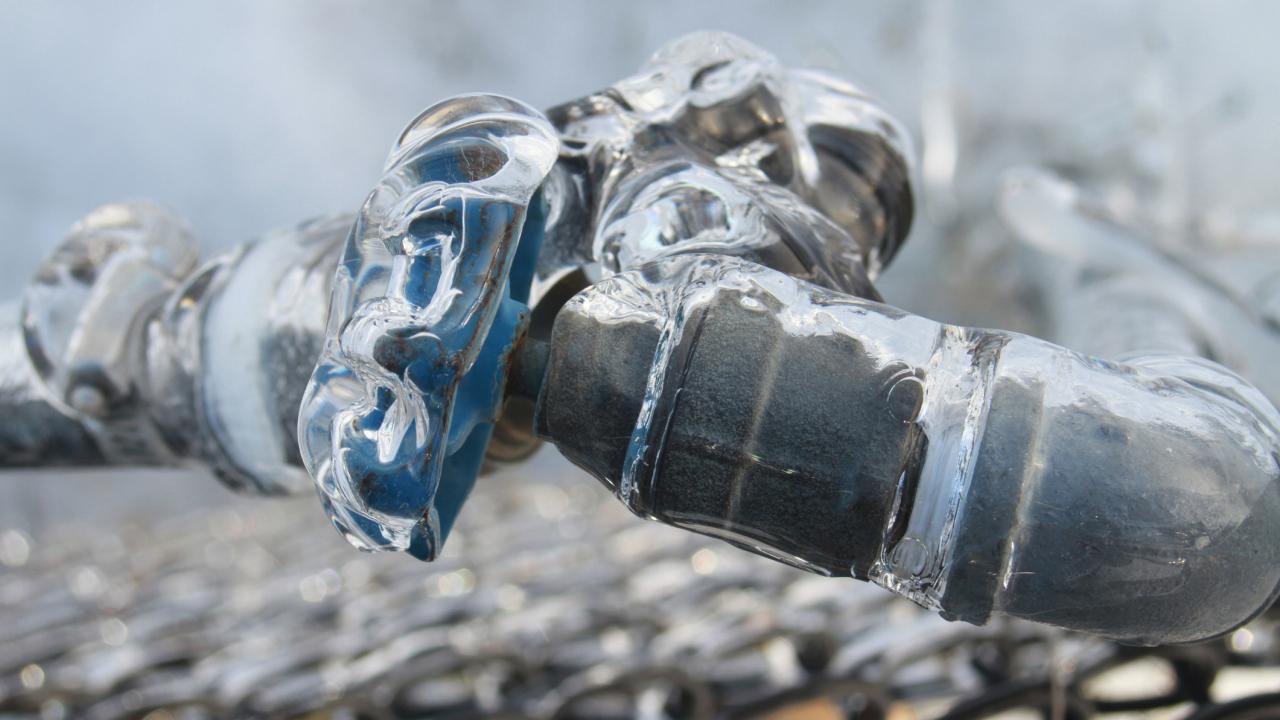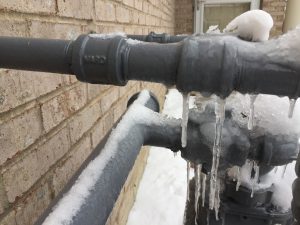Tips to Protect Your Plumbing from Freezing: Key Advice
Tips to Protect Your Plumbing from Freezing: Key Advice
Blog Article
Have you been on the lookout for critical info involving How to Prevent Your Pipes From Freezing?

Winter can damage your plumbing, particularly by freezing pipelines. Here's just how to avoid it from happening and what to do if it does.
Intro
As temperatures decline, the danger of frozen pipelines rises, potentially bring about expensive fixings and water damage. Recognizing how to avoid icy pipelines is essential for house owners in cool environments.
Avoidance Tips
Shielding vulnerable pipelines
Cover pipes in insulation sleeves or utilize heat tape to shield them from freezing temperature levels. Concentrate on pipes in unheated or external locations of the home.
Heating strategies
Maintain interior areas effectively heated up, especially locations with plumbing. Open up cupboard doors to permit warm air to circulate around pipes under sinks.
How to recognize frozen pipelines
Look for lowered water flow from taps, unusual smells or sounds from pipes, and visible frost on revealed pipelines.
Long-Term Solutions
Structural modifications
Consider rerouting pipes far from outside walls or unheated areas. Include added insulation to attic rooms, basements, and crawl spaces.
Updating insulation
Buy premium insulation for pipes, attics, and walls. Proper insulation helps maintain consistent temperature levels and lowers the threat of icy pipes.
Safeguarding Outdoor Pipes
Yard pipes and outside faucets
Separate and drain pipes garden tubes prior to wintertime. Install frost-proof spigots or cover exterior taps with insulated caps.
Understanding Frozen Pipes
What triggers pipelines to ice up?
Pipelines freeze when subjected to temperature levels listed below 32 ° F (0 ° C) for expanded durations. As water inside the pipelines freezes, it broadens, putting pressure on the pipe wall surfaces and potentially creating them to break.
Threats and problems
Icy pipelines can lead to water system disturbances, building damages, and pricey repair services. Burst pipelines can flood homes and create substantial structural damages.
Signs of Frozen Piping
Determining icy pipes early can stop them from bursting.
What to Do If Your Pipelines Freeze
Immediate activities to take
If you suspect icy pipelines, keep taps open up to alleviate pressure as the ice thaws. Make use of a hairdryer or towels taken in warm water to thaw pipelines gradually.
Verdict
Preventing frozen pipes requires proactive measures and quick responses. By understanding the reasons, indicators, and safety nets, house owners can secure their plumbing during winter.
5 Ways to Prevent Frozen Pipes
Drain Outdoor Faucets and Disconnect Hoses
First, close the shut-off valve that controls the flow of water in the pipe to your outdoor faucet. Then, head outside to disconnect and drain your hose and open the outdoor faucet to allow the water to completely drain out of the line. Turn off the faucet when done. Finally, head back to the shut-off valve and drain the remaining water inside the pipe into a bucket or container. Additionally, if you have a home irrigation system, you should consider hiring an expert to clear the system of water each year.
Insulate Pipes
One of the best and most cost-effective methods for preventing frozen water pipes is to wrap your pipes with insulation. This is especially important for areas in your home that aren’t exposed to heat, such as an attic. We suggest using foam sleeves, which can typically be found at your local hardware store.
Keep Heat Running at 65
Your pipes are located inside your walls, and the temperature there is much colder than the rest of the house. To prevent your pipes from freezing, The Insurance Information Institute suggests that you keep your home heated to at least 65 degrees, even when traveling. You may want to invest in smart devices that can keep an eye on the temperature in your home while you’re away.
Leave Water Dripping
Moving water — even a small trickle — can prevent ice from forming inside your pipes. When freezing temps are imminent, start a drip of water from all faucets that serve exposed pipes. Leaving a few faucets running will also help relieve pressure inside the pipes and help prevent a rupture if the water inside freezes.
Open Cupboard Doors
Warm your kitchen and bathroom pipes by opening cupboards and vanities. You should also leave your interior doors ajar to help warm air circulate evenly throughout your home.

We were shown that article on Preventing and dealing with frozen pipes through a good friend on another blog. Sharing is good. You just don't know, you may very well be helping someone out. Thanks so much for taking the time to read it.
Customer Reviews Report this page